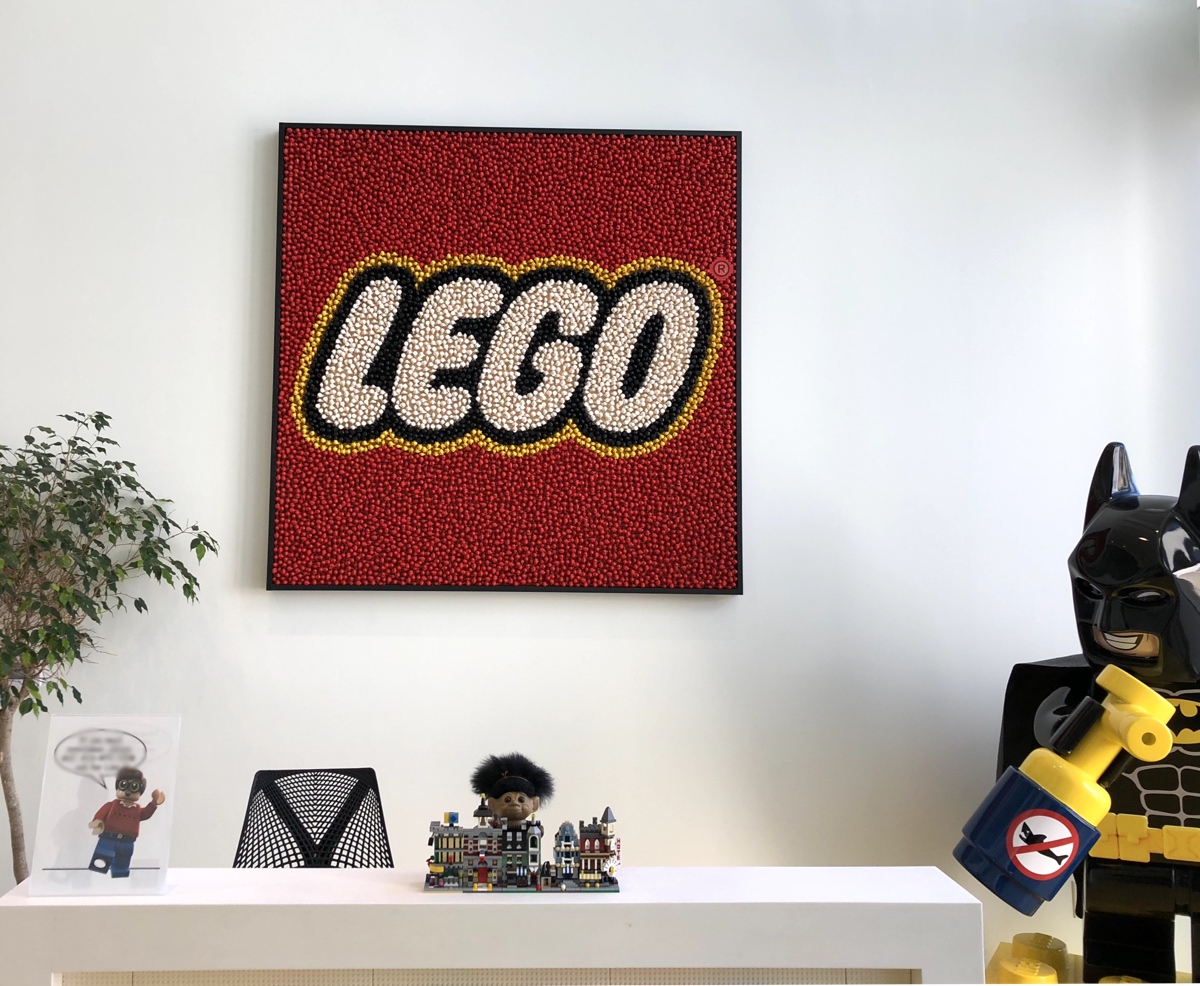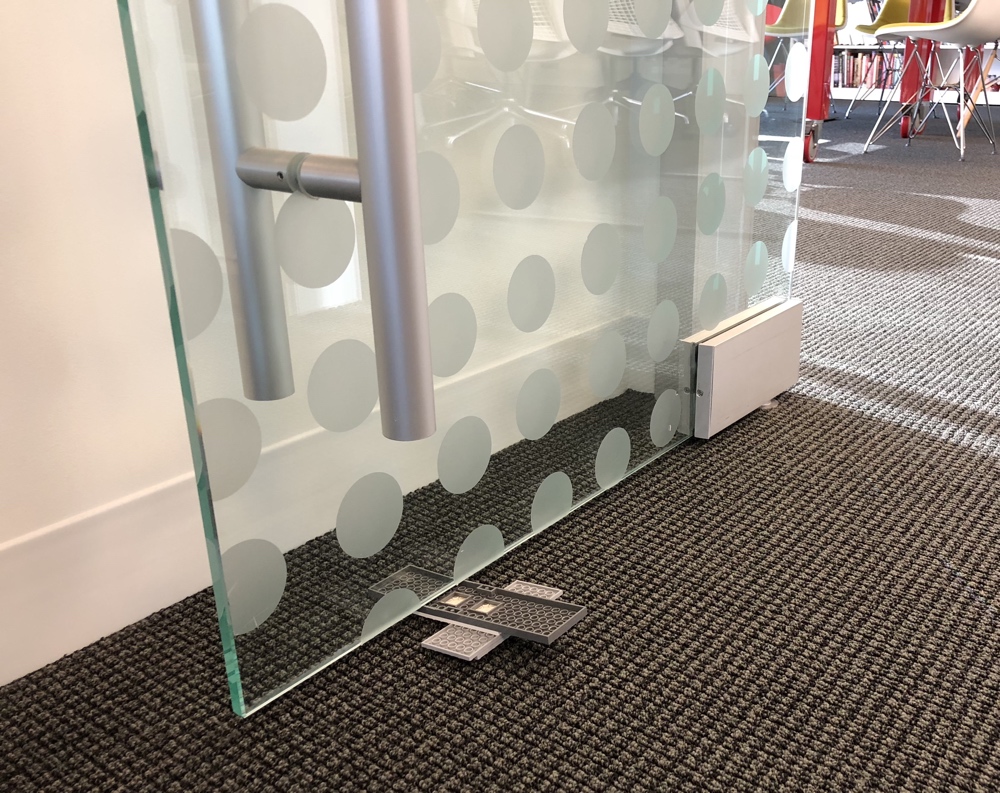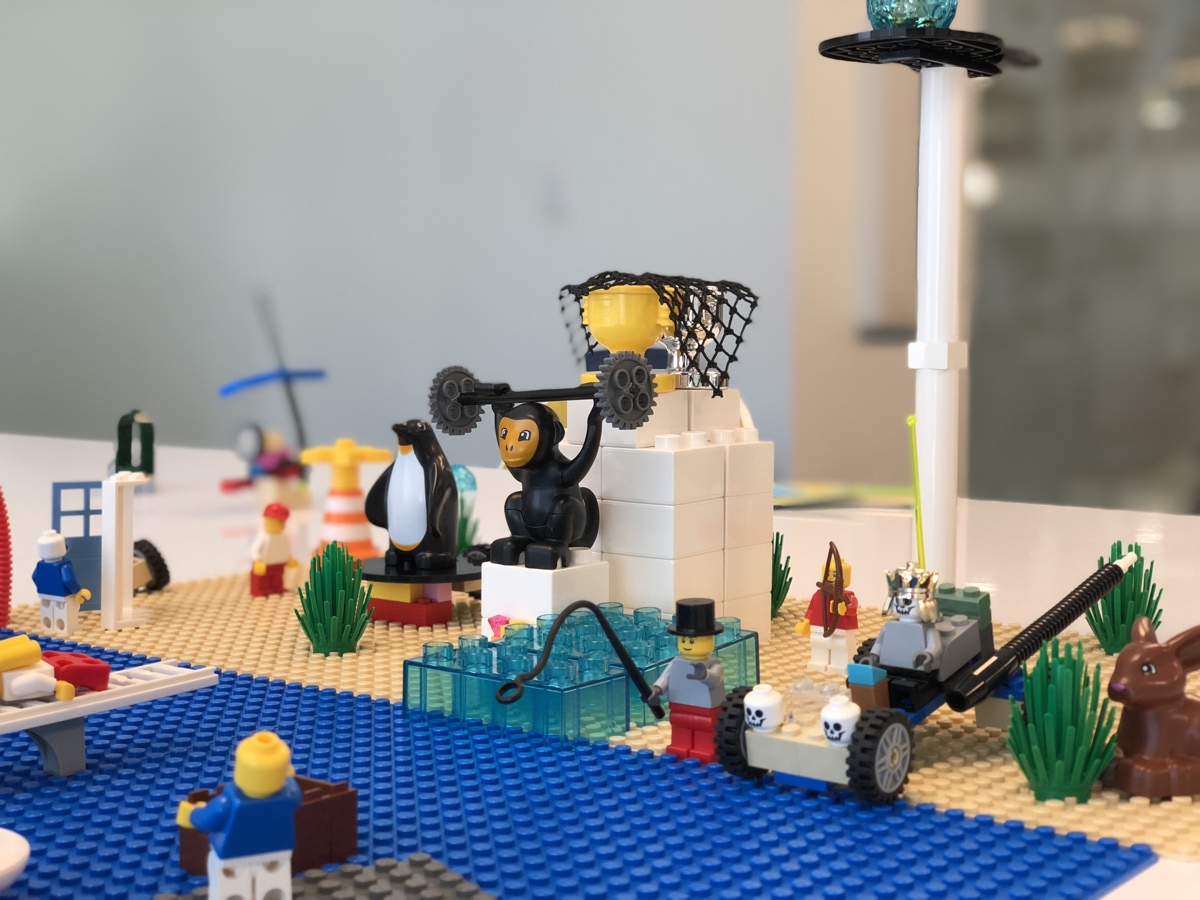
In 2017 & 2018 I got to work with some amazing people in amazing companies.
And here is what I learned. These things aren’t revolutionary but I believe the subtle differences I noticed are some of the factors why these companies are so successful.
Their Challenges are the Same as Yours
The teams I worked with in these high profile companies are tackling the same challenges I see when working with small clients. The problems are just endemic to when people gather in organisations to do stuff.
You get people issues, structural issues, co-ordination issues, directional issues (the classic “where are we headed / vision” issue). Every organisation and team has to face these challenges continually.
Some examples from my work with these companies are: Being in a remote office away from headquarters; upper management reluctant to address a wide spread internal issue; how to guide the organisation through the massive innovative changes that are occurring.
Sound familiar? I could pick any organisation, any team and without knowing much about them I’m confident I could accurately guess some of their top challenges. They’re just that common.
First Insight: These iconic companies are “only human”. Their systems aren’t perfect and they face the same big challenges that you do.
But they look at Things Differently
So their challenges are the same, but how they view them and tackle them is the key to why they are different.
One of the first things I notice when I work with a client is the fact that they are getting me in, in the first place. I use a method called LEGO Serious Play to help work through the problem, add to the conversation and move people a few steps closer to a solution.
The fact that I’m there using that method shows that these teams want to look at the problem / solution differently.
What I do takes more time, costs more money and there is a greater risk of failure than going with a standard managerial, command and control approach.
But here’s the key insight, these companies are willing to invest the extra time and money for the ability to look at the problem differently. And to open up a path to a different solution. That’s why they win.
Other small (even tiny) insights about how they look at things differently:
At the LEGO Group office I noticed a door being kept open with a makeshift door stop made from some LEGO bricks and a base plate. Simple, almost ridiculously insignificant in the grand scheme of running a company. But a micro insight into the fact that they view things differently.

At one company they were discussing the fact they were a remote office, far away from head office. They were using LEGO Serious Play to have this conversation and the insight was that the distance between the two offices was in fact a “playground”. A space for freedom and to explore new ideas. It wasn’t seen through the lens of a “difficult communication or logistical challenge being so far away”. But a benefit to both offices.

At another company they were having a discussion around an issue that they had identified across the organisation. While they saw it as important and could see the consequences, their senior management were not addressing it.
They were using LEGO Serious Play again and the solution came from a metaphor they developed with the bricks. Their approach to solving this would be through Guerrilla Gardening. “Guerrilla” as in guerrilla warfare – doing things under the radar and “Gardening” – planting seeds in multiple places and helping them to grow. So they would bypass the senior management blockage and fix the problem through multiple small projects, across the company, initiated by them and under their control. A novel metaphor lead to a novel approach to a common problem.
Second Insight: These companies view the challenge differently. And look for novel ways to open up interesting solutions.
They have the Motivation and Capacity for Change
The third and last thing I learned from these companies is around individual motivation and capacity for change. In the teams I worked with I saw three important things. Individuals in those teams had:
- High individual motivation to change
- An internal capacity to change (I’m sure both 1&2 correlate closely to Openness from the Big 5 personality model)
- And the support from the organisation to see change happen. That is the system, the organisation, the manager creating an environment around this person/team to allow them to enact change.
My experience is that these successful companies are good at hiring and retaining people that fit 1&2 and setting up systems for number 3.
I’ve also worked with teams where one of these falls over and the consequences are disastrous. One team had a high motivation to change, individuals had that capacity and we laid out the vision of what needed to happen. But the broader system / environment crushed them. “No change today, sorry”.
Third Insight: These successful companies hire and retain people that have the motivation and capacity to change. They then set up the system / environment to let them do it.
Conclusion
These iconic companies:
- Have the same challenges as everyone else
- But view the challenges differently and spend the time and money to open up novel paths to different solutions
- They do that through people who have motivation and capacity to change. Supporting them with a system that encourages it.
Like I said at the start, nothing revolutionary here. These insights from successful companies are not trade secrets. The difference is these companies execute on these ideas. Where other less successful companies either just talk about it, pay lip service to it or worse still, don’t even focus on it.
Bringing this back down to something actionable for you… first thing is an acceptance that wherever you work you will be facing the same types of problems.
But if you want to approach these problems like a LEGO Group or a Google you should:
- Look for ways to view the challenge differently and take the time to open up novel paths to new solutions. LEGO Serious Play (as an example) is a method that does this well.
- If you can, surround yourself with people that have a motivation and capacity for change. If that isn’t people in your team, look to forge cross-team relationships. Innovation departments / groups are often good places to find people with high Openness.
- And either find or create a space in the organisation that supports that endeavour. A trickier one because it can involve more external / systemic issues that can be bigger than the individual / teams. My advice is if your organisation isn’t creating an environment like this, you have three choices: create mini environments yourself where risks and openness are welcome; or agitate strongly for change; or go to another organisation that is a better fit for your style.
So that’s what I Iearned working with these companies. I hope some of these insights might help you in your work.
